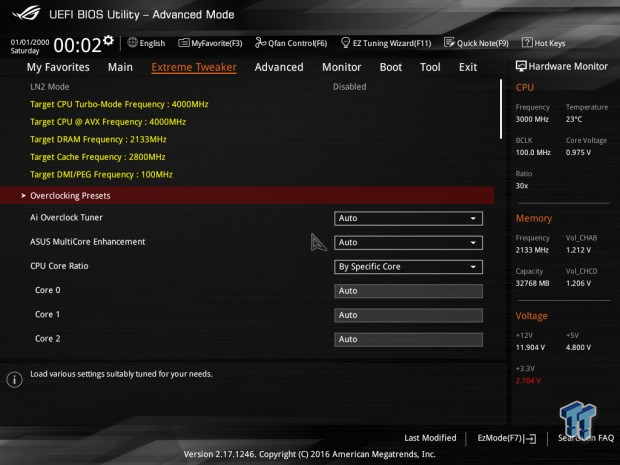
/i/2000541379.jpeg)
Intel Turbo Boost Max Technology 3.0 works by using a driver coupled with information stored in the CPU to identify and direct workloads to the fastest core on the die first, allowing workloads to run more quickly and efficiently. Turbo Boost Max Technology 3.0 is a new feature that improves single threaded performance by identifying the fastest core on the processor die and directing critical workloads to that core first. Included as part of this feature is a driver that allows for configuration and the benefits associated with it to be effectively optimized. You get 8 USB 2.0 ports and 6 USB 3.0 ports straight outta the PCH chipset. The chipset supports both USB 2.0/3.0 and, with Thunderbolt, even 3.1 (10 Gbps). Depending on the processor model you'll get up to 40 PCIe lanes (Gen 3.0) at your disposal. Motherboard manufacturers could and likely will add Marvell, ASmedia and JMicron controllers to get that number up as well as bring eATA support.

That means that a Broadwell-E processor will connect directly to the X99 Express chipset through a DMI interconnect.įor X99, you will get ten SATA3 (6Gbps) ports supported natively by the chipset. Compared all the way back to X58 with a Gulftown processor there have been significant changes, especially since the Northbridge is housed inside the actual processor these days. For those that are wondering, the internal codename for this chipset family is Wellsburg, for X99 motherboards this is actually the Wellsburg X-PCH. Broadwell-E needs to be accompanied by the Intel series 9 chipset, X99 is what it's called.


 0 kommentar(er)
0 kommentar(er)
